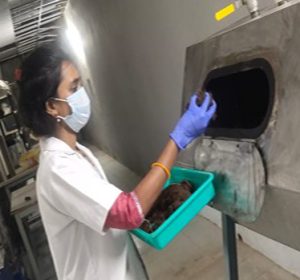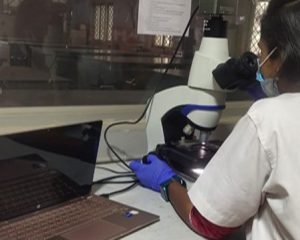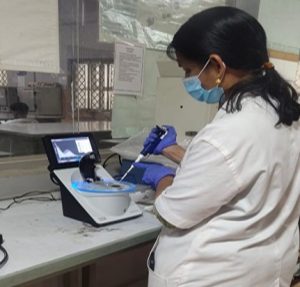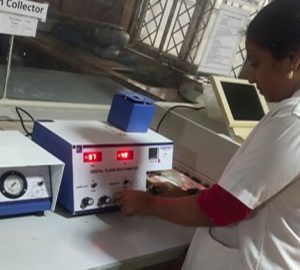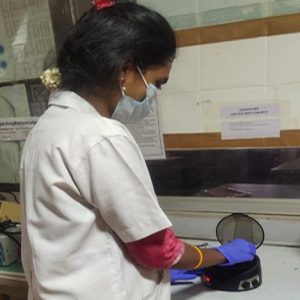Electronic three-phase natural composting equipment for processing organic waste into nutrient-rich compost efficiently and sustainably. It combines modern electronics and robust mechanical systems to accelerate the natural decomposition process, making it ideal for research and commercial applications. It has automated control system. Integrated with electronic controls for precise temperature, moisture, and aeration management. This ensures optimal conditions for microbial activity, accelerating the composting process. Equipped to handle large volumes of organic waste, including garden waste, and biodegradable materials, making it suitable for industrial settings. Natural Aeration Technology uses forced air circulation and mixing mechanisms to promote oxygen flow, enhancing the natural composting process. Built with corrosion-resistant materials and reinforced components to withstand continuous operation in harsh environments. Minimizes greenhouse gas emissions by ensuring complete aerobic decomposition and reduces landfill dependency. Features a digital display and easy-to-use controls for monitoring and adjusting parameters such as temperature, moisture, and cycle duration.


